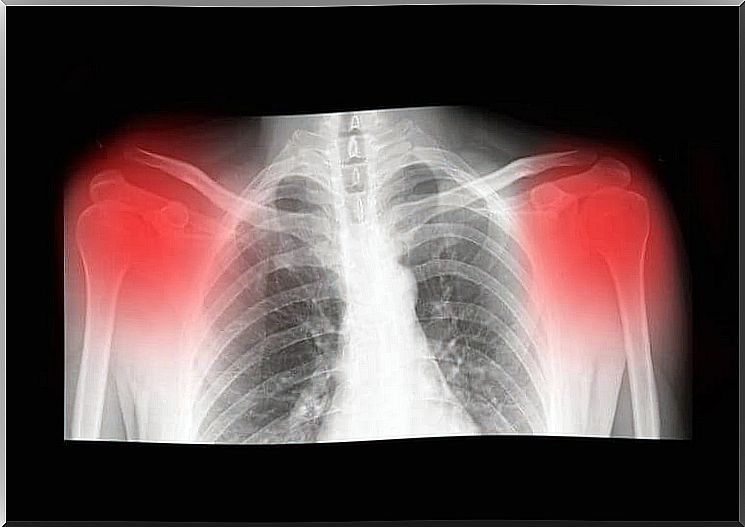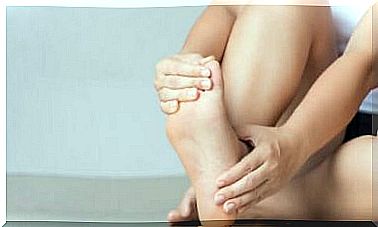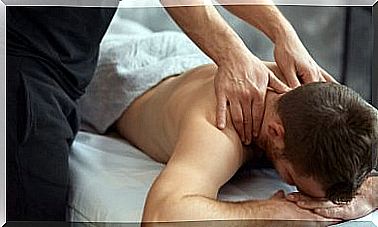Symptoms And Causes Of Osteoarthritis
Osteoarthritis is not regarded as a serious illness, but it can still severely reduce the quality of life of those affected.

The causes of osteoarthritis are varied, we will take a closer look at this topic in the following, because a large number of patients suffer from this disease.
Osteoarthritis is a usually painful stiffening of the joints that occurs due to the pathological breakdown of cartilage tissue. It is a rheumatic disease that has a very negative effect on the musculoskeletal system.
However, the causes of osteoarthritis , the course of the disease, and treatment vary widely for everyone.
Osteoarthritis is the most common rheumatic disease. The cartilage gradually wears out. The most common cause of this is advancing age, but other factors can also lead to it.
This disease is more common in people over 50. According to the World Health Organization, around 28% of adults over 60 are affected by this disease.
It is estimated that osteoarthritis will be the fourth leading cause of disability worldwide by 2020.
Causes of Osteoarthritis
The wear and tear of the cartilage on a joint leads to osteoarthritis. The cartilage loses its elasticity, cracks appear and gradually the cartilage tissue is broken down until it almost completely disappears.
The joint surfaces lose their ability to slide, the ends of the bones are unprotected, which is also known as bald bones, and rub against each other.

The damage to cartilage and bones leads to deformation and loss of synovial fluid.
The most common causes of osteoarthritis of the joints include the following:
- Age: From the age of 50, the risk of osteoarthritis increases significantly.
- Gender: Women aged 50 to 55 are most affected by this disease.
- Genetic predisposition
- Overload from physical activity
- menopause
- Obesity
- Bone fractures and injuries
- Misalignments
Osteoarthritis is a chronic disease that cannot be cured. As the cartilage loss progresses, severe pain can develop, but this can be controlled with appropriate treatment.
This disease does not necessarily lead to disabilities or the inability to move.
Symptoms of Osteoarthritis
This disease is creeping in. At first, the symptoms are barely noticeable and development is painless. Usually pain only occurs in the advanced stage.
The following five symptoms often indicate osteoarthritis:
- Joint pain: The first sign of this disease is usually intense joint pain, often in the knees, hands, or hips.
- Stiffness: The flexibility in the joints decreases; start-up pain in the morning after getting up or after sitting for a long time is characteristic.
- Swelling and / or numbness: Swelling caused by osteoarthritis can be seen with the naked eye, and numbness often occurs in the affected area.
- Cracking: With certain movements, those affected feel that the joints “crack”.
- Symptoms in the knees, feet, hands and hips are particularly common.
Even if pain is one of the most important symptoms of osteoarthritis, there are cases that are painless. Usually, however, there are alternating phases in which the pain is very noticeable and phases that are painless.

Types of osteoarthritis and diagnosis
Osteoarthritis mainly occurs in four different areas of the body: knees, hands, hips and spine.
Most often, the cartilage of the knee joints is worn out, which can be primary or secondary osteoarthritis.
Primary osteoarthritis arises without a recognizable single event, for example due to age-related signs of wear and tear or genetic predisposition, secondary osteoarthritis due to specific injuries, which then lead to years of incorrect stress on the joint.
In the hands, osteoarthritis usually occurs in only one joint at first, but over time the disease spreads to other joints.
This leads to deformations, which in turn lead to restricted mobility.
For example, osteoarthritis in the hips causes pain when bending down or climbing stairs. If the hip arthrosis progresses, pain often becomes noticeable at rest or at night.
Spinal osteoarthritis usually develops in the lumbar area or on the cervical vertebrae.
The diagnosis is generally made after a clinical interview. Imaging techniques such as x-rays, computed tomography and / or magnetic resonance are used for this. A high-resolution ultrasound scan can also provide information about the development of the disease.
forecast
The disease is not considered serious although it can greatly affect the quality of life. The prognosis is different in each case and depends on the development of the osteoarthritis and the affected joint.
An early diagnosis and the appropriate preventive measures can have a positive effect on the course of the disease. With the right treatment, the osteoarthritis develops more slowly and less strongly.
Treatment is almost always drug-based and complemented by a healthy lifestyle.
In some cases, surgery is needed to relieve symptoms and keep the patient mobile.









